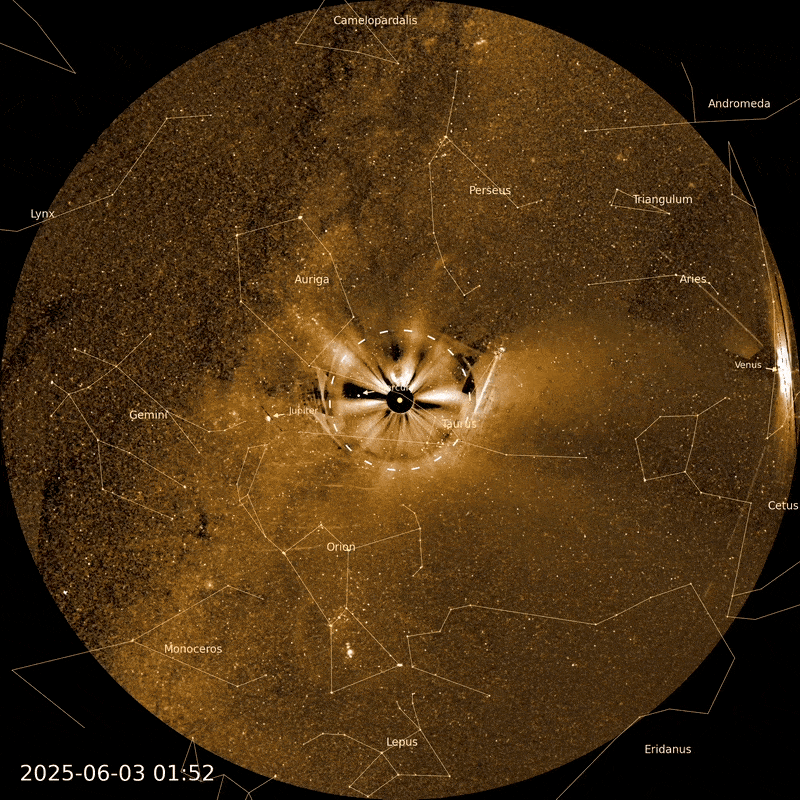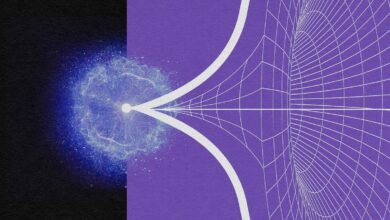Ask Ethan: Did black holes form directly from the Big Bang? | by Ethan Siegel | Starts With A Bang! | Aug, 2024

Even in the very early Universe, there were heavy, supermassive black holes at the centers of galaxies. How did they get so big so fast?
Some of the most impressive objects in our Universe are supermassive black holes. Weighing in at millions, billions, or even tens of billions of solar masses, they’re the heaviest single objects contained within the known Universe. One of the great problems in modern astrophysics is the open question of how they formed and grew up, and in many ways, the dawn of the JWST era has only intensified that problem. Looking back towards the dawn of time, we find supermassive black holes existed even very early on, reaching hundreds of millions or even a billion solar masses by the time only a few hundred million years had elapsed: when the Universe was just a few percent of its current age.
Was it just plain old astrophysics that led to their creation, with nothing special happening to seed them? Or is it possible that the Universe was actually born with “seed” black holes that would rapidly grow into the supermassive behemoths we observe much later on? That’s what Predrag Branković wants to know, writing in to inquire:
“Did you see this [article]? Is it possible that those…




